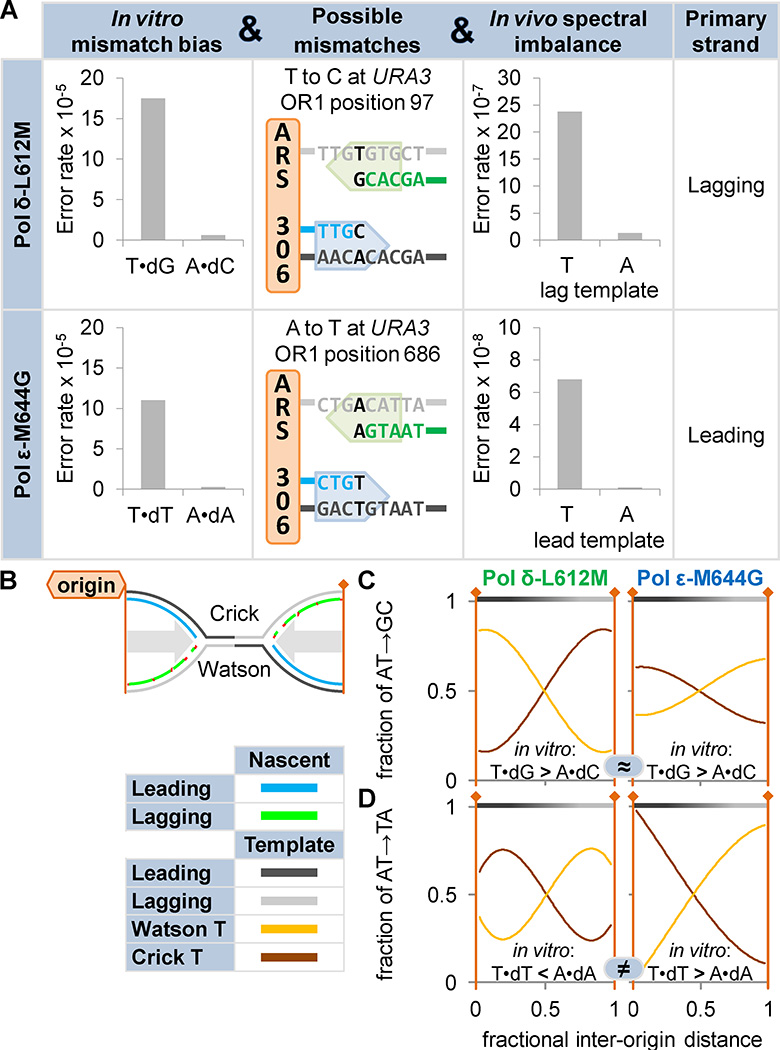Figure 4. DNA polymerase errors reveal the division of labor between eukaryotic replicases.
A) Pols δ and ε variants Pol δ-L612M and Pol ε-M644G have wild type replication reduced and biased fidelity. For example, Pol δ-L612M makes T•dG errors more frequently than A•dC mispairs59, 85, 86 and Pol ε-M644G makes T•dT more frequently than A•dA58. Mutation rates at the URA3 reporter gene, inserted adjacent to the ARS306 replication origin on S. cerevisiae chromosome 3. Example mutation hotspots are shown. In all cases, substitution rates indicated a division of labor between Pols δ and ε58, 60. In a Pol δ-L612M strain, the AT→GC mutation rate was higher with a lagging strand template T and Pol ε-M644G AT→TA rate was higher with a leading strand template T. B) A schematic of converging replication forks. C–D) Thousands of mutations were accumulated in mismatch repair-deficient S. cerevisiae bearing either Pol δ-L612M or Pol ε-M644G63. C) Where these variants possess similar in vitro mutation biases (denoted “≈”; e.g. T•dG>A•dC), opposite bias patterns exist between adjacent origins. D) Where in vitro mutation biases are opposite (denoted “≠”; e.g. T•dT>A•dA versus T•dT<A•dA), similar bias patterns exist. Thus Pols δ and ε must operate on different strands. The logic used at the URA3 locus, applied across the genome, indicates that Pols δ and ε primarily replicate the lagging and leading strands, respectively.

